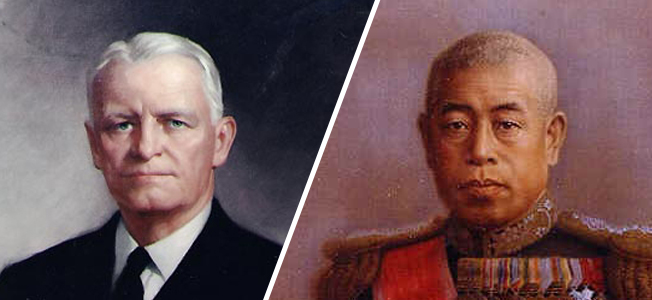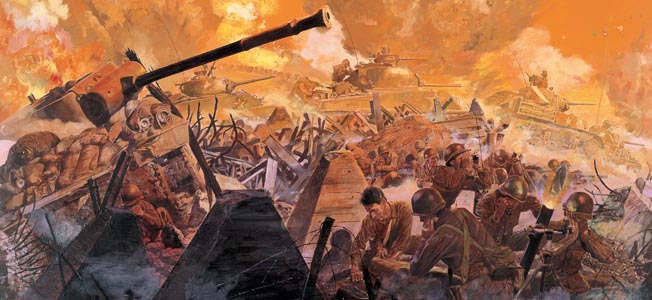
WWII
The Virginia Military Institute (VMI) Graduates Who Shaped WWII
By Phil GioiaWatching his forces prepare to attack the Union Army at the Battle of Chancellorsville in 1863, Confederate General Thomas “Stonewall” Jackson commented to an aide, “The Institute will be heard from today.” Read more























